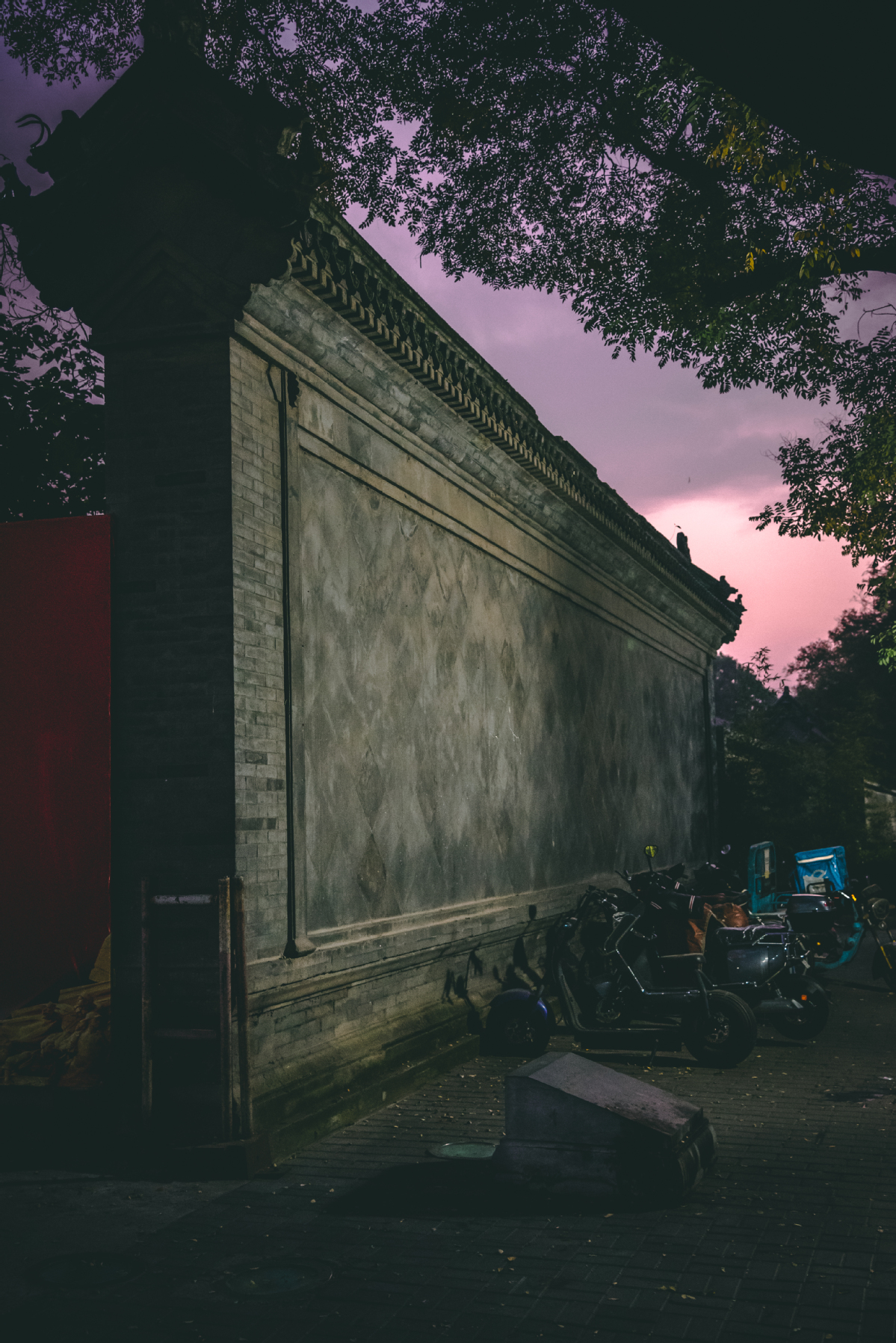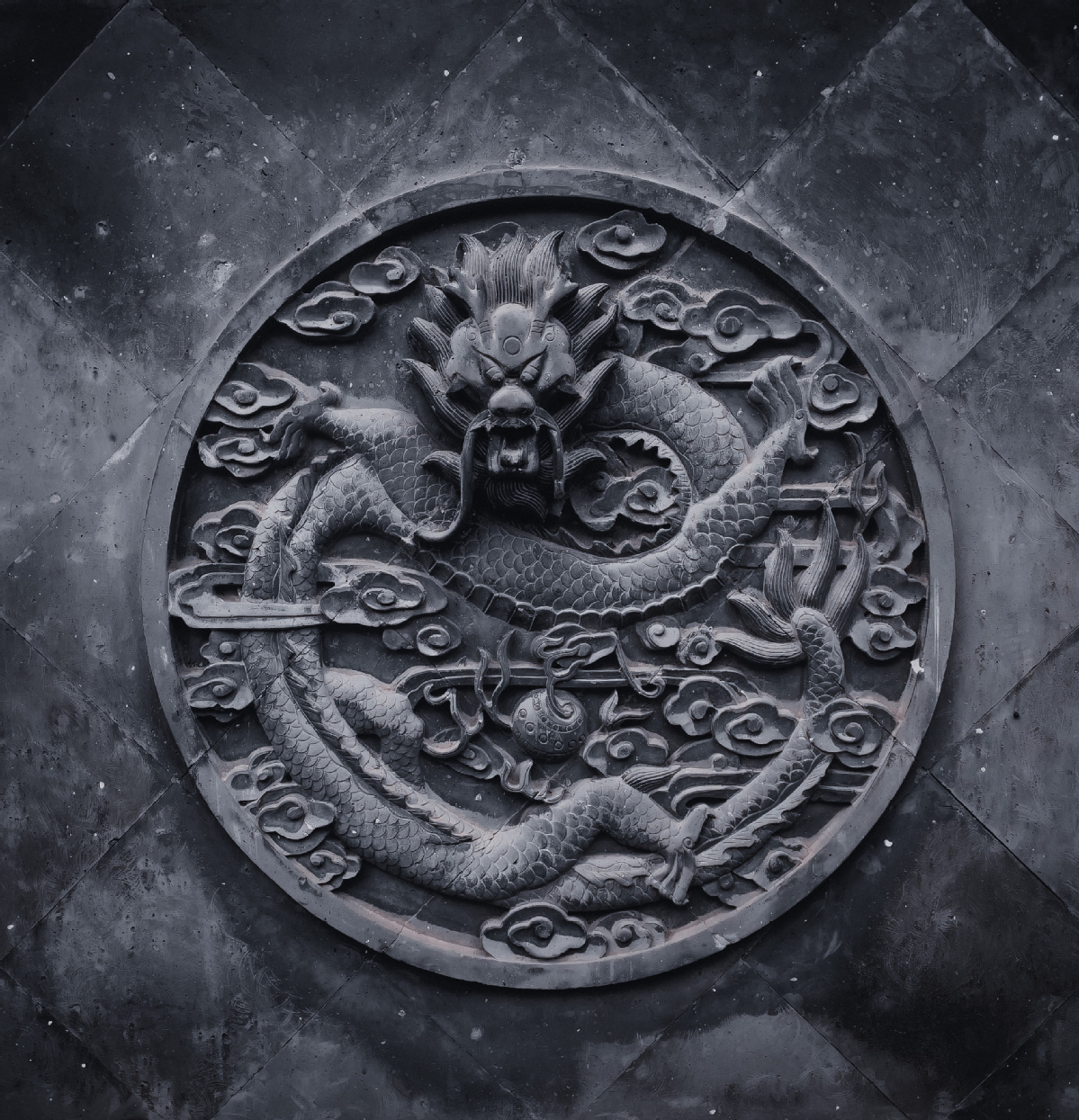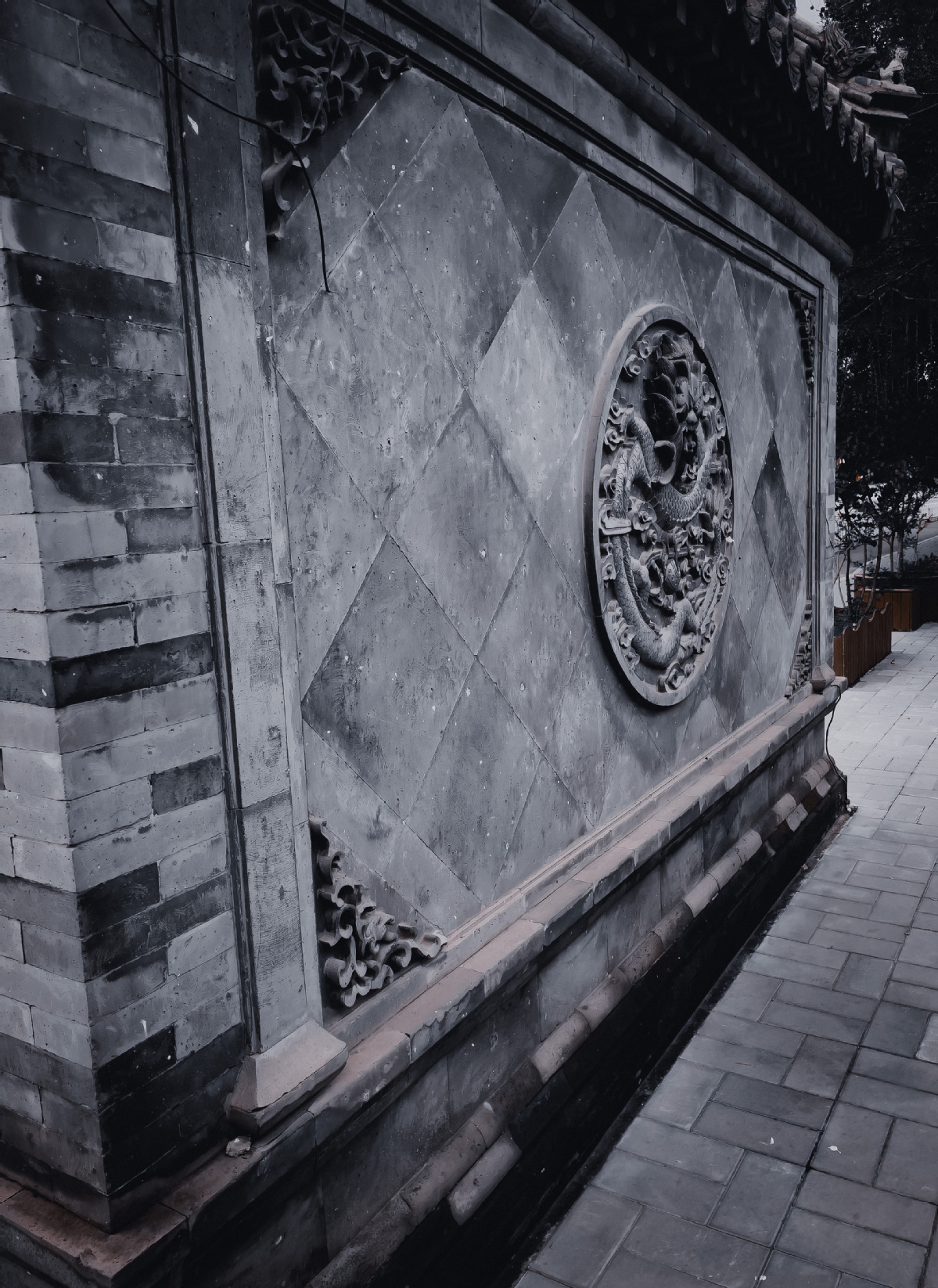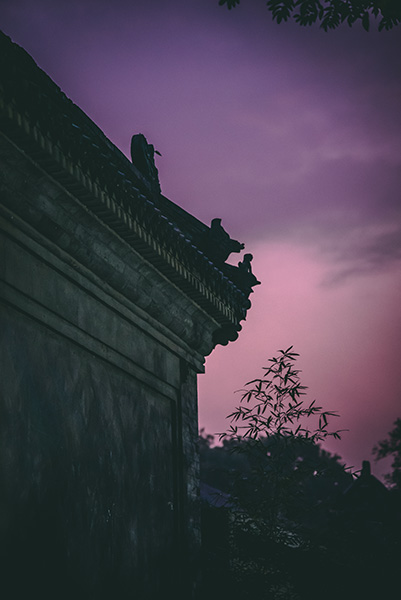If these walls could talk

Zhaobi on Guozijian Street in Beijing.
Find yourself at the doorway of any one of the countless temples or ancient buildings in China, and your gaze will no doubt be drawn toward its vibrant colors, the light bouncing off the glazed roof tiles and the fearsome guardian lions standing watch.
But were you to turn your back on such an elegant view for just a moment, you may be confronted with an attractive but seemingly arbitrary piece of architecture, a segment of wall, only slightly larger than the entrance itself.
You would be forgiven for thinking this is just some remnant of another building, with the rest lost to history, as was my initial assumption the first time I spotted one, however the reality is far more intriguing and these unassuming walls have a compelling story spanning thousands of years.
With no plaque or indication of any kind as to what this wall might be, my curiosity was peaked.
I asked around, bothering friends for information, but to no avail. After much digging I was finally able to get not only the name, but also the purpose of these walls.
Zhaobi, or spirit walls, have a long and storied history, with archeological evidence dating the earliest examples at more than 3000 years old, and though the aesthetics of the zhaobi haven’t altered since their origins, the purpose and meaning has evolved over the course of history.

Zhaobi dragon design detail.
Zhaobi can be found outside the entrance of a variety of buildings, not to be confused with yingbi which are similar structures found on the other side of the threshold, and in their earliest form during the western Zhou dynasty (c.11th century - 771 BC), were constructed to serve the function of a status symbol. They were reserved for only the highest members of society, noblemen, dukes and princes. Seeing zhaobi outside a building would let passersby know that this is the residence of someone of extreme importance, while also serving the practical function of acting as a form of privacy by blocking the entrance from any prying eyes.
With the passing of time, societal changes and the rise of scholars and the literati to more prominence, by the Tang (618-907) and later Song (960 - 1279) dynasties, there was less exclusivity attached to who could build zhaobi, but more importantly there was also a shift in the meaning and purpose of the walls. Instead of representing hierarchy, zhaobi took on a more esoteric purpose, coming to play a role in the principles of fengshui, a practice which focused on achieving harmony and balance in all things.
It was believed that as well as functioning as a physical barrier for privacy’s sake, zhaobi would act as a deterrent against gui, or wandering evil spirits, that would attempt to enter a home, but being unable to turn corners, zhaobi would thwart such plans. As well as offering this spiritual protection, their location would allow for better flow of qi, or vital energy, helping to conserve it in the building.
Moving further forward in time, zhaobi became more of a form of artistic expression and creativity, with poetry, paintings and characters representing luck and good fortune appearing on the walls, with families using zhaobi as a canvas to tell their family history and achievements.

Zhaobi on Huihe South Street in Beijing.
In more modern times zhaobi, or often in this case yingbi, have been adopted by many companies that practice the principals of fengshui, believing that such a structure can help with the flow of qi through their office, helping to bring good luck and wealth to their business. And who’s to say it doesn’t.
But what can be said for sure is that these compelling structures, like all the pieces of history, give us a snapshot of life at a particular time in history. Whether that is a physical embodiment of someone’s position in society, an instrument for retaining qi and defending against evil spirits, or to tell the exceptional deeds of a family’s history, they stand as a true representation of the resilience and development of Chinese history.
By evolving and adapting their function, zhaobi have been silent spectators of China’s long history and those we see today are much the same as they would have been thousands of years ago. This longevity through transformation is much like China itself, a country that places great deference towards its history but has also embraced modernization and progress.
These walls often go overlooked in favor of the grander buildings they are protecting, but their continued existence seems to be more than just to retain the ethereal qi, but to bear witness to continuous story of China.

Zhaobi roof detail.
Related articles
-
 Archaeologists shed more light on China's past
Archaeologists shed more light on China's pastMore
-
 Ancient jade rabbit goes on display in Shanxi
Ancient jade rabbit goes on display in ShanxiMore
-
 World Heritage Day: 10 must-visit archaeological sites in China
World Heritage Day: 10 must-visit archaeological sites in ChinaMore
-
 Splendid world heritage sites in Shaanxi
Splendid world heritage sites in ShaanxiMore
-
 Archaeologists detail contents of tomb in Shanxi
Archaeologists detail contents of tomb in ShanxiMore
-
 Exhibition on Chinese culinary culture shows land of plenty
Exhibition on Chinese culinary culture shows land of plentyMore
